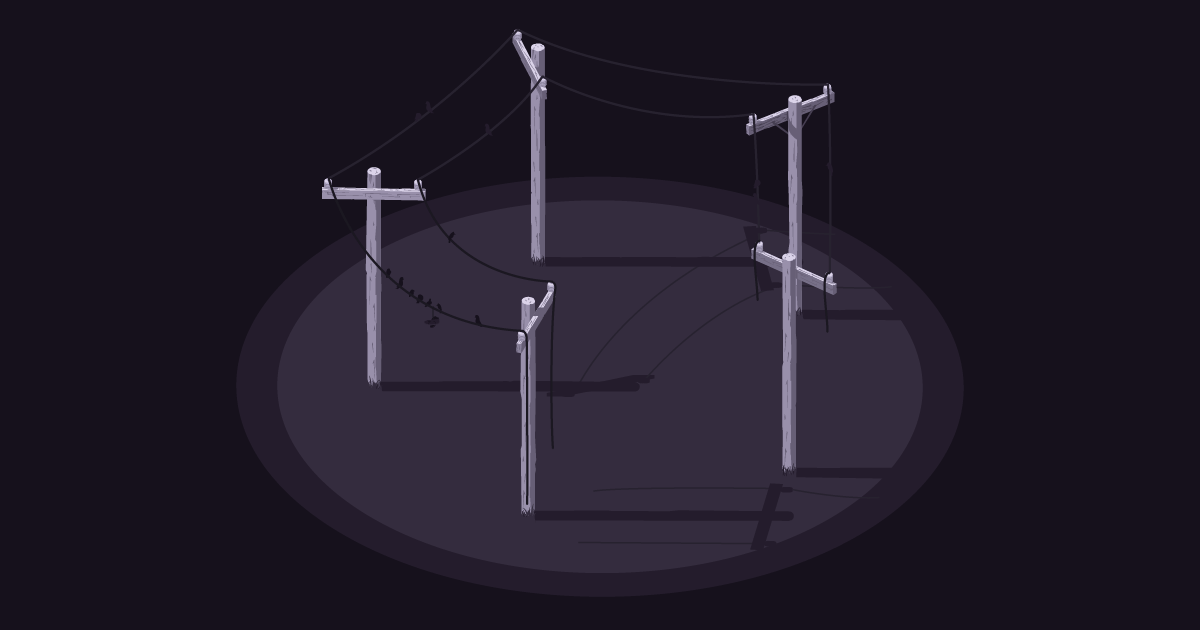The Game of Telephone that Hurts User Experience

Despite the best efforts of modern development to eliminate all bugs prior to release, crashes still happen. However, unlike the improvements to the commit and integration processes—with the preponderance of tools like GitHub, Bitbucket, GitLab, Travis CI, CircleCI, and Jenkins—most organizations still rely on dated methods to spot and fix errors plaguing their applications in production. By relying on customers to report problems, developers only get a portion of the story and have no means to close the loop with the user on the most important details.
The “Game of Telephone” that results from an error report usually requires enough crashes affecting a large enough portion of the customer base that some of those users contact customer or technical support, whose first step is to document and categorize the problem, usually by asking the user for screenshots and a write-up.
From customer support, the quality assurance team will try to recreate the error from the description in a shared doc and run a battery of test scenarios to better understand its context, origins, breadth, and scope. Even then, many of the important details, not least of which is impact, can not be recaptured by QA alone.
The next line of defense is to share the collected details with an engineering manager, whose best guess about prioritization and how to fix the problem leads to a triage and post-mortem investigation into log files. At this point in the Game of Telephone, crucial details have been lost, and there’s likely more concern about preventing collateral brand damage than interest in reengaging the users to get firsthand insight and pinpoint the crash details.
Interested in reading more? This is a white paper, so you had to know we’d ask for your email address. Please enter it here to experience the full PDF.
Get in touch.
A peek at your privacy
Here’s a quick look at how Sentry handles your personal information (PII).
×Who we collect PII from
We collect PII about people browsing our website, users of the Sentry service, prospective customers, and people who otherwise interact with us.
What if my PII is included in data sent to Sentry by a Sentry customer (e.g., someone using Sentry to monitor their app)? In this case you have to contact the Sentry customer (e.g., the maker of the app). We do not control the data that is sent to us through the Sentry service for the purposes of application monitoring.
Am I included?PII we may collect about you
- PII provided by you and related to your
- Account, profile, and login
- Requests and inquiries
- Purchases
- PII collected from your device and usage
- PII collected from third parties (e.g., social media)
How we use your PII
- To operate our site and service
- To protect and improve our site and service
- To provide customer care and support
- To communicate with you
- For other purposes (that we inform you of at collection)
Third parties who receive your PII
We may disclose your PII to the following type of recipients:
- Subsidiaries and other affiliates
- Service providers
- Partners (go-to-market, analytics)
- Third-party platforms (when you connect them to our service)
- Governmental authorities (where necessary)
- An actual or potential buyer
We use cookies (but not for advertising)
- We do not use advertising or targeting cookies
- We use necessary cookies to run and improve our site and service
- You can disable cookies but this can impact your use or access to certain parts of our site and service
Know your rights
You may have the following rights related to your PII:
- Access, correct, and update
- Object to or restrict processing
- Port over
- Opt-out of marketing
- Be forgotten by Sentry
- Withdraw your consent
- Complain about us
If you have any questions or concerns about your privacy at Sentry, please email us at [email protected].
If you are a California resident, see our Supplemental notice.